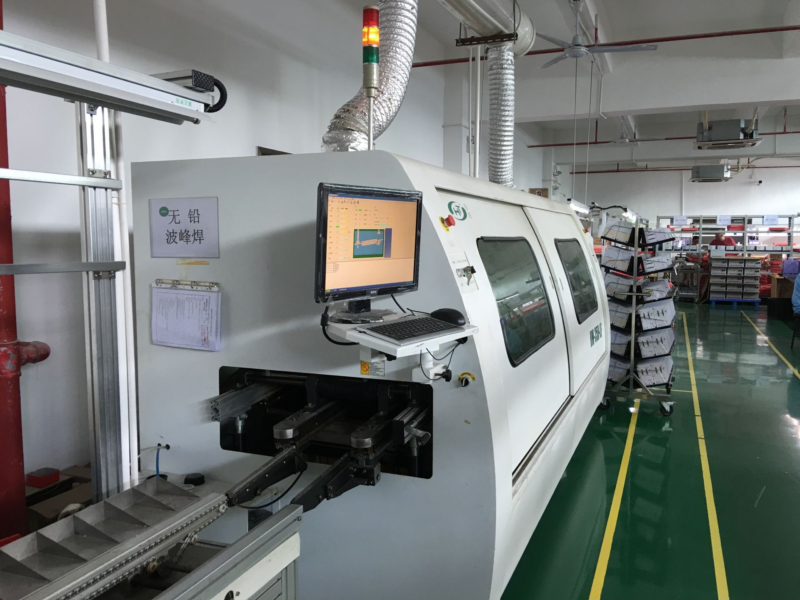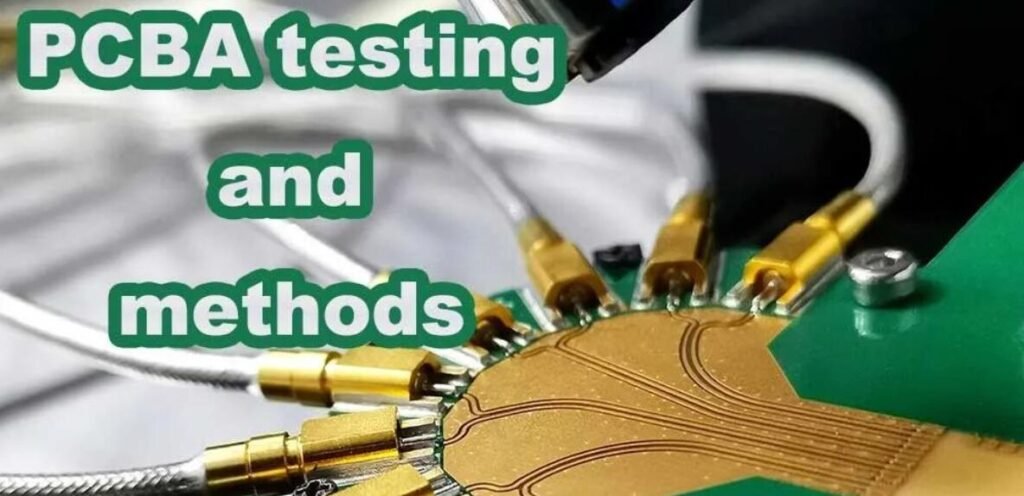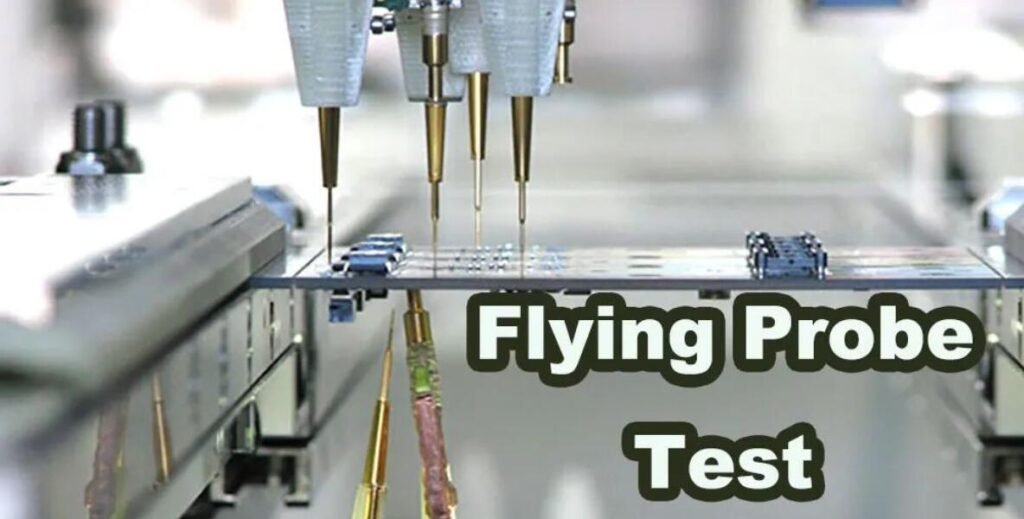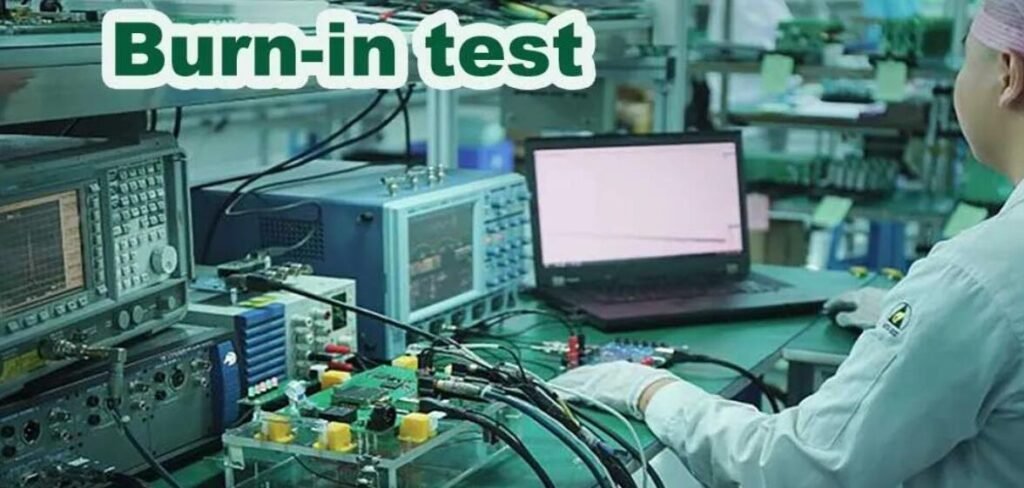
Printed circuit boards (PCBS) are widely used in various electronic devices.
Whether it’s mobile phones, computers or complex machines, you can find circuit boards everywhere. If there are defects or manufacturing issues with the PCB or PCBA, it may lead to malfunctions in the final product and cause inconvenience.
In these circumstances, manufacturers will have to recall these devices and spend more time and resources repairing the faults.
Therefore, PCBA testing has become an indispensable part of the circuit board manufacturing process. It can promptly identify problems, assist staff in handling them quickly, and ensure the high quality of PCBA.
Now let’s take a look at the 14 commonly used testing methods for PCBS together.

1 Online Testing (ICT)
ICT, or Automated Online Testing, is an essential testing device for modern PCB manufacturers and is extremely powerful. It mainly detects open circuits, short circuits and faults of all components of the PCBA by having test probes touch the test points laid out on the PCB layout, and clearly informs the staff.
ICT has a wide range of applications, high measurement accuracy, and clear indication of detected problems. Even workers with average electronic technical skills can handle problematic PCBA very easily. The use of ICT can greatly improve production efficiency and reduce production costs.
2 Flying probe test

Flying probe testing and online testing (ICT) are both highly recognized and effective testing forms. Both can effectively identify production quality issues, but flying probe testing has been proven to be a particularly cost-effective method for improving circuit board standards.
Contrary to the traditional testing method that fixes the test probe in position, flying probe testing uses two or more independent probes and runs without a fixed test point.
These probes are electromechanical controlled and move according to specific software instructions. Therefore, the initial cost of flying probe testing is relatively low.
It can be accomplished by modifying the software without the need to change the fixed structure. In contrast, the initial fixture cost of ICT is relatively high. Therefore, for small-batch orders, flying probe testing is cheaper.
However, ICT is faster and less prone to errors than flying probe testing. So, for large-batch orders, ICT is still more cost-effective.
3 Functional test
The functional system test uses dedicated testing equipment in the middle and end of the production line to conduct a comprehensive test on the functional modules of the circuit board to confirm the quality of the circuit board. Functional tests mainly include two types: Final Product Test and the latest physical model (Hot Mock-up).
Functional testing usually does not provide in-depth data (such as pin positions and component-level diagnostics) to improve the process, but requires specialized equipment and specially designed test procedures. Writing functional test programs is very complex and therefore not suitable for most circuit board production lines.
4 Automatic Optical Inspection (AOI)
AOI uses a single 2D camera or two 3D cameras to take photos of the PCB, and then compares the circuit board photos with the detailed schematic diagram. If the circuit board does not match the schematic diagram to a certain extent, the mismatched parts of the circuit board will be marked for inspection by technicians. AOI can detect fault problems in a timely manner.
However, AOI inspection does not power the circuit board and cannot detect all component issues 100%. Therefore, AOI is usually combined with other testing methods. The commonly used test combinations are:
● AOI and flying needles
● AOI and Online Testing (ICT)
● AOI and functional testing
5 X-ray test
X-ray testing, also known as X-ray inspection, uses low-energy X-rays to quickly detect problems such as open circuits, short circuits, empty soldering, and missed soldering on circuit boards.
X-ray is mainly used to detect defective circuit boards with ultra-fine pitch and ultra-high density, as well as defects such as bridging, missing chips and misalignment that occur during the assembly process. It can also use tomography to detect internal defects in IC chips.
This is the only method to test the bonding quality of the ball grid array and the solder balls. The main advantage is that the quality of BGA solder and embedded components can be inspected without the need for fixtures.
6 Laser detection
This is the latest development of PCB testing technology.
It scans the printed circuit board with a laser beam, collects all the measurement data, and compares the actual measurement values with the preset acceptance limits.
This technology has been verified on bare boards and is being considered for use in assembly board testing. This speed is sufficient for the mass production line.
Fast output, no fixtures and unobstructed vision are its main advantages. High initial cost, maintenance and usage issues are its main disadvantages.
7 Burn-in Test

Burn-in testing refers to the process of conducting corresponding condition enhancement experiments to simulate the aging conditions of products caused by various factors involved in real usage conditions. The purpose is to test the stability and reliability of the product in a specific environment.
According to the design requirements, the product is placed under specific temperature and humidity conditions and continuously simulated to work for 72 hours to 7 days.
The performance data is recorded, and the production process is improved by reverse inference to ensure that its performance meets market demands.
Burn-in tests usually refer to electrical performance tests. Similar tests include drop tests, vibration tests, salt spray tests, etc.
………
To be continued
Any further questions about PCB or PCBA , or you want to make PCB or PCBA .
Welcome to contact with me .
Whatsapp :+8615100106706
Email : info@toprightpcb.com
